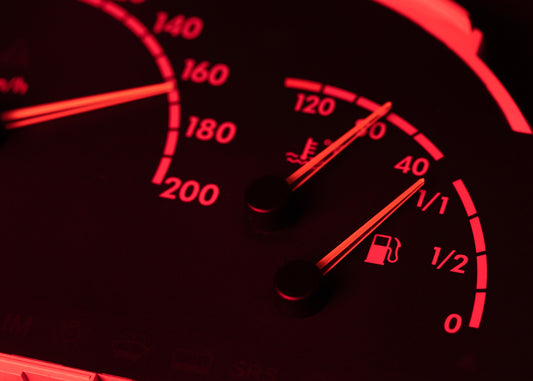Common grease gun types include guns that are made using a lever, hand pump, pistol grip, or an air-powered or battery charged design. The most popular gun that is used is a lever design. This type of gun is convenient and helpful for an array of projects. You simply pull on the lever in order to create the force you need for application.
A Duo-hand Application
When you vary the length of the lever stroke, you can add just the right amount of grease you need. You need to use hands for a gun with a lever. Therefore, the nozzle on the gun needs to be placed and fastened into the proper position before operation.
Common grease gun types also include those operated with a hand pump. When you use this kind of gun, you need to operate a pump on the top of the device. Using the pump creates an air buildup inside the tool, which, in turn, creates the needed pressure to force grease out of the gun. Also called a hand-grip gun, this type of greasing tool is not that simple to use.
The Pistol Grip Type Gun
A common grease gun that allows for one-handed use is the pistol grip gun. As a result, the gun is much easier to manage, and permits you to work with the gun in awkward positions. Guns of this type are featured with grip handles of varying sizes, all which makes it convenient for you to find a gun that is simple to hold and maneuver. The grease is dispensed by applying pressure to the trigger.Another common grease gun type, an air-powered grease gun, is primarily used on large commercial projects. That is because the force of the dispensed grease is much greater than the force needed in do-it-yourself projects. These types of gun are affixed to an air compressor by a hose, which produces the pressure needed to release the grease. The too, also known as a pneumatic grease gun, can be dangerous to use if it is not used correctly.
A Battery-powered Grease Gun
Yet another common grease gun type, a battery-powered grease gun, is a cordless tool that makes lubrication jobs easier. The battery provides the power source that dispenses the grease. While you have less exertion placed on your hand, you also need to recharge or replace the battery when it loses its charge.
When selecting among the common grease gun types, you need to consider the following:
• How will the grease gun be loaded – suction fill, bulk, or cartridge?
• Your common lubrication needs (you do not want a high-volume grease gun for areas that require a small amount of grease).
• Where the greasing task is performed. Some lubrication points are simpler to reach with a hand-grip or pistol grease gun versus a lever grease gun. Where the grease is used will also determine where a flexible or rigid extension is employed.
Accessory Grease Gun Tools
Besides the common grease gun itself, accessories and fittings can support a lubrication project. For instance, caps assist in keeping out contaminants out of bearings and fittings. Colored labels or paint markers are used to identify the proper lubrication to use on a fitting.
In order to use any type of grease gun, make sure you calculate the needed amount of grease for bearing re-lubrication. This calculation is based on the calibrated delivery volume of the chosen gun.
Also, use a vent plug at the relief point of a bearing to flush out old grease and reduce the risk of applying to much pressure on a bearing. Make sure you exercise extreme caution when loading grease into a gun. This is important as you want to ensure that no contaminants are introduced.
In addition, make sure the grease gun is clearly marked so you know which lubrication to use. Never use any other grease than what is identified. The dispensing nozzle of the gun should also be cleaned before use as well. Pump out a small portion of grease out of the nozzle, then wipe it off with a lint-free cloth before affixing it to the fitting.







